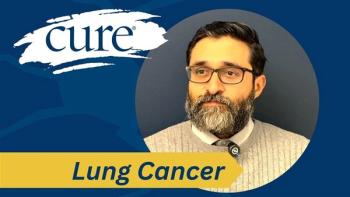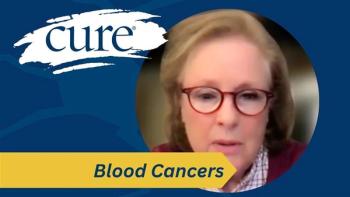
How to Be Proactive and Prevent Malnutrition
Malnutrition is common in patients with cancer, but there are steps that can be taken to avoid it.
Previous studies have shown that malnutrition is common among patients with cancer, occurring anywhere from 30 to 85 percent of cases, according to the National Cancer Institute (NCI).
However, malnutrition occurrence varies and can be under- or over-reported depending on the patient population. Therefore, Vanessa Carr, MS, RDN, LDN, a clinical nutrition manager at Kate Farms — a company working to prevent malnutrition with meal replacement shakes – says it is all about prevention and being proactive.
“What I mean by that is, upon the diagnosis of cancer, physicians must know and anticipate that the patient is going to have this cascade of events: you start with reduced appetite and anorexia, or unwanted weight loss,” she said in an interview with CURE.
- not getting enough calories, protein or other nutrients like vitamins and minerals, which can be from the disease, its treatment or various other related complications that can affect appetite and how the body digests, absorbs and uses food; or
- the consumption of too many calories, which can lead to weight gain and excess weight, which in turn, can increase the risk for cancer recurrence, secondary cancer or another chronic illnesses like heart disease or diabetes.
Eating the right amount of protein and calories is important for healing, fighting infection and having enough energy, which is why a registered dietitian is an important part of the health care team.
As part of that team, Car recommends for dietitians to help with nutrition counseling by adding nutrients to patient diet or helping them to consume high-calorie, nutrient-dense food. However, she strongly urges for health care teams to be proactive in order to successfully prevent malnutrition.
“If you wait too long, you end up in a place where they are past the point where nutrition supplements and therapies can be helpful and they are not going to reverse anything and you are in a downward turn. So, in terms of specific nutrition care, you want to be preventative and screen for nutrition problems and the risk for malnutrition from diagnosis.”
Many cancer centers follow guidelines issued by the
“These recommendations are larger statements in that they are not super specific, but they are still helpful in giving dieticians a guideline to limit certain food and drink,” said Carr. “When dieticians are looking for more specific recommendations, it is going to lie within their specific centers in terms of what the protocol is.”
Lastly, Carr recommends for patients to be mindful of malnutrition and be their own advocates. “It is still important for patients to be taking this information, or know about it to take it to their providers if they don’t know about it already,” she added. “I am a big advocate for being transparent and being able to take new information you come across to your provider and discussing it together.”





